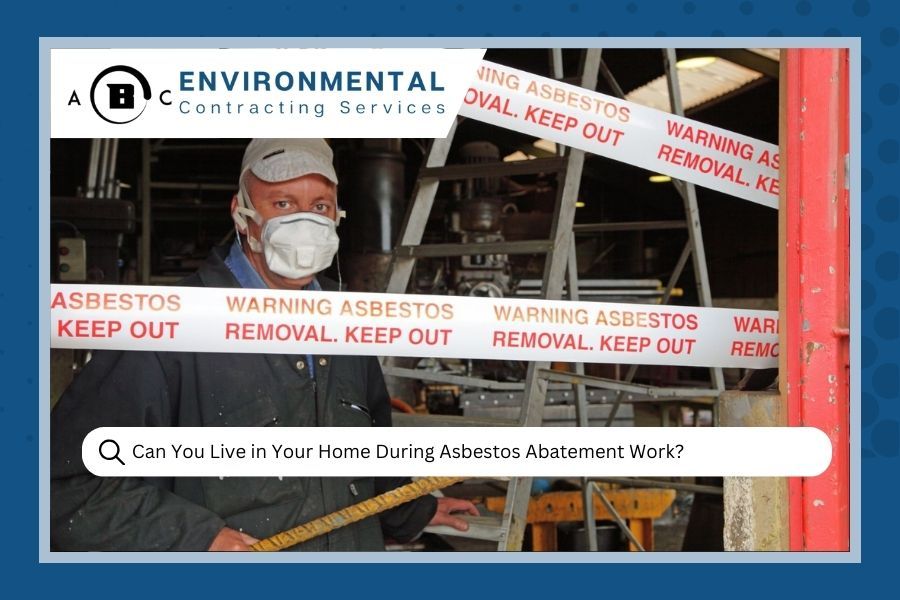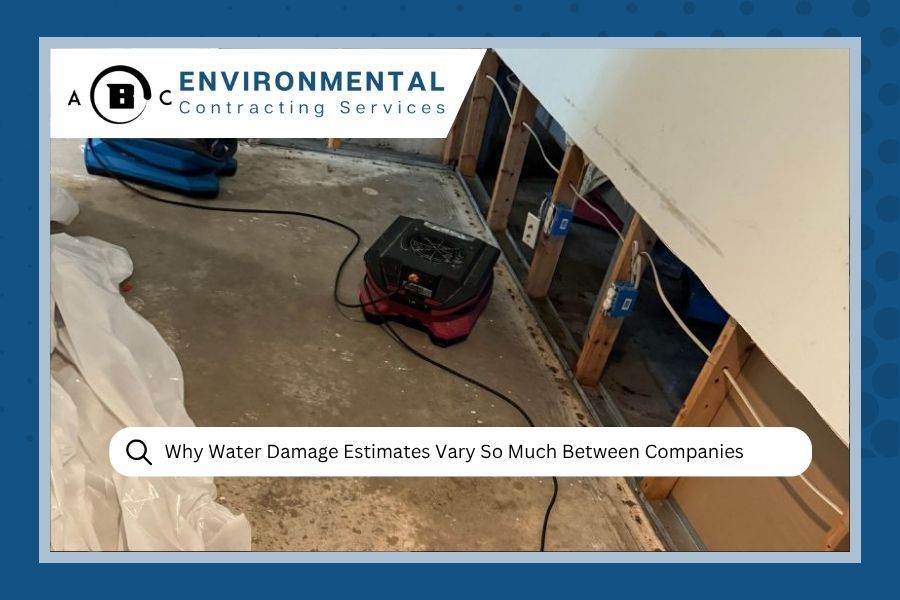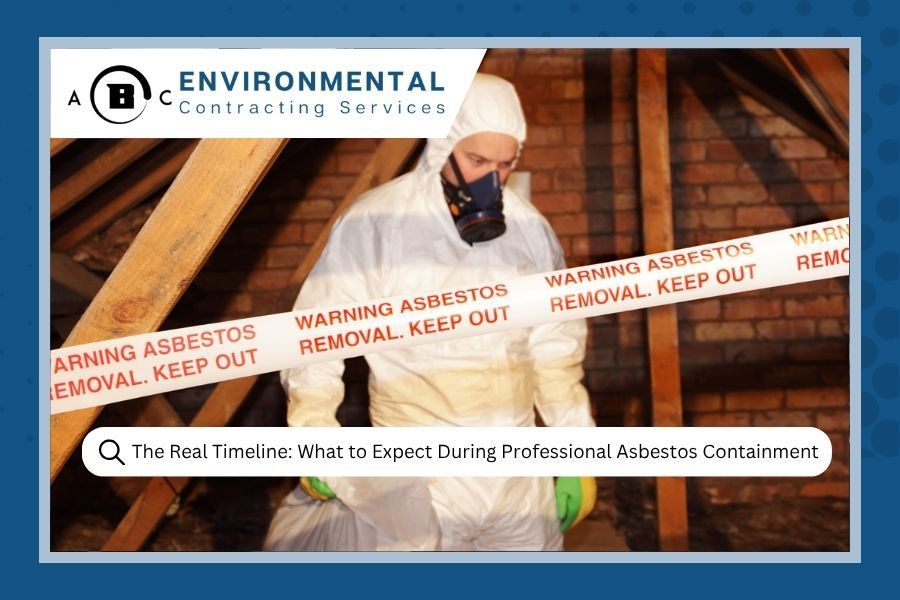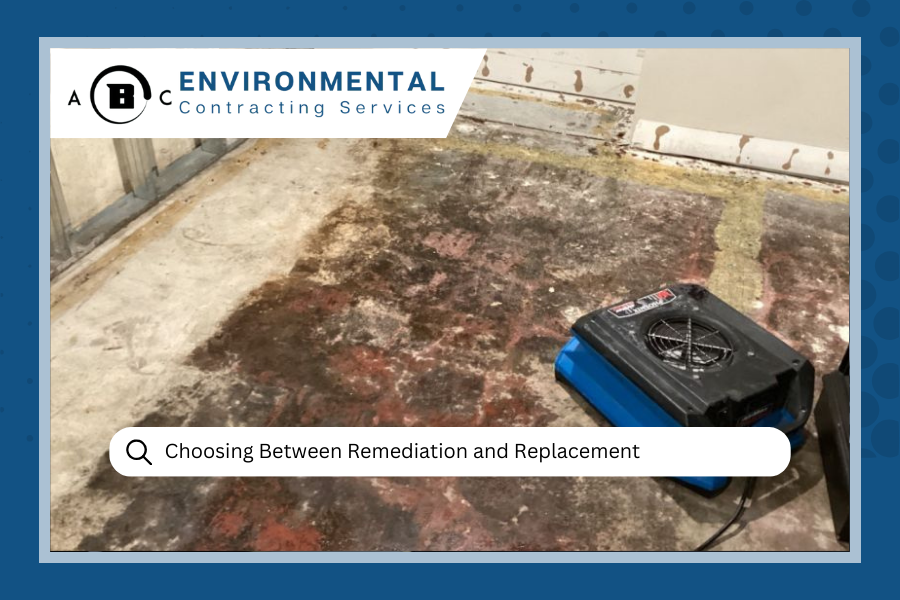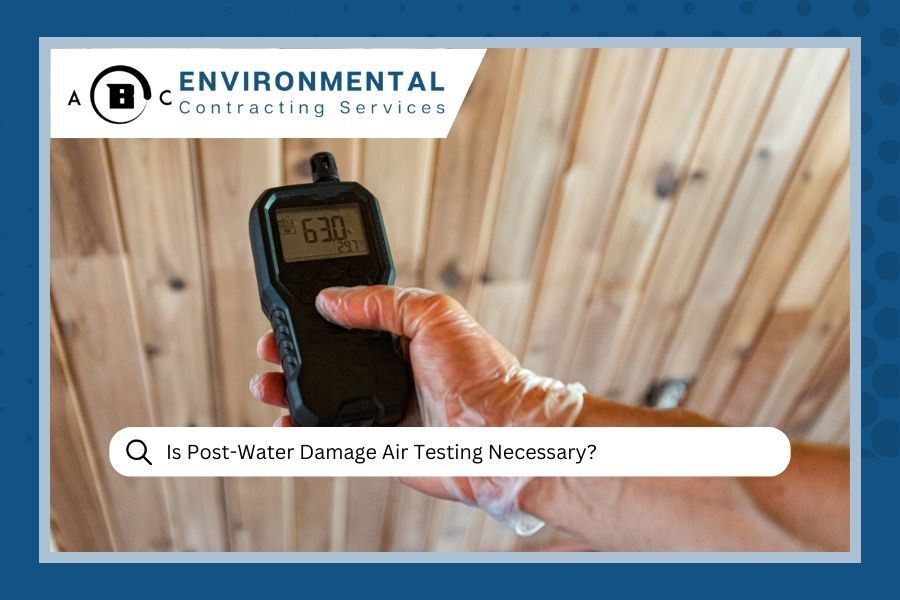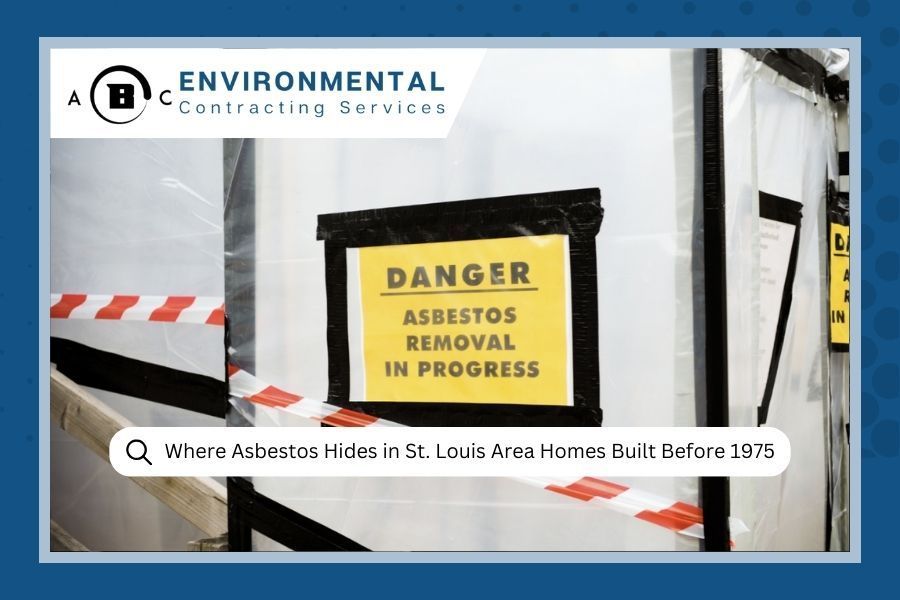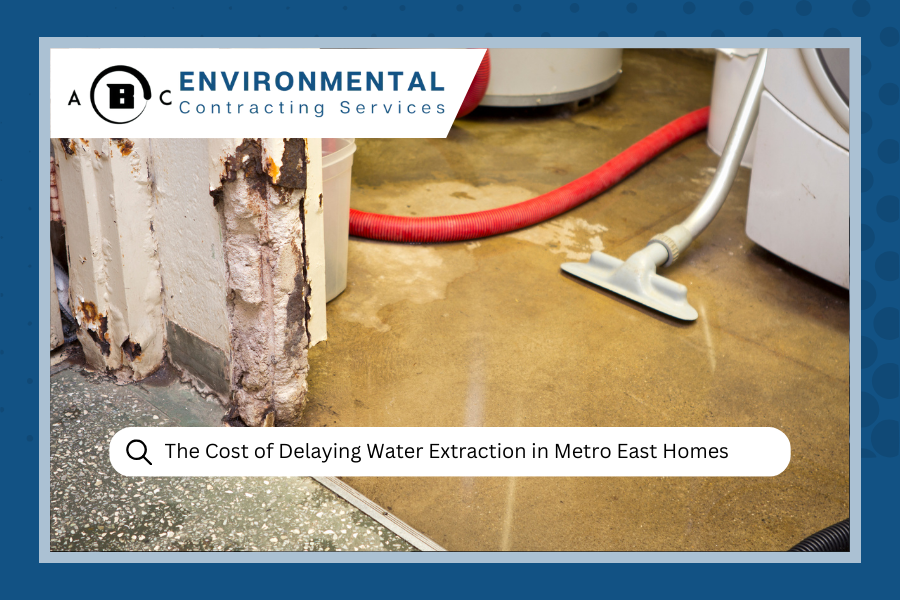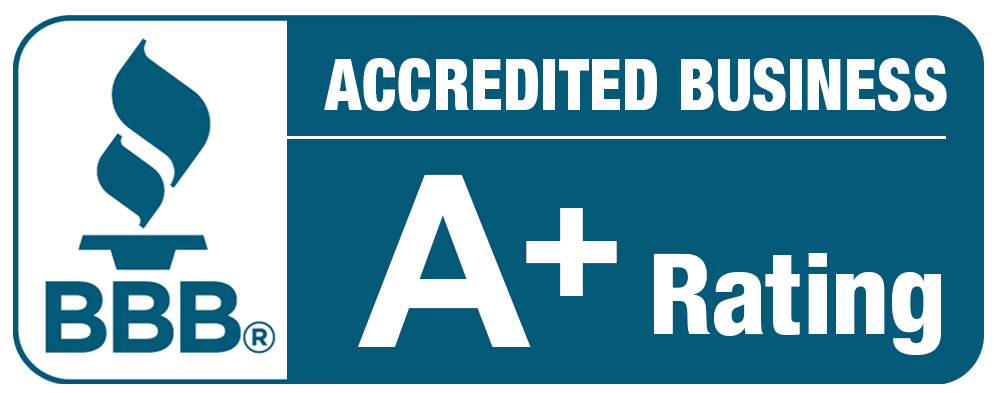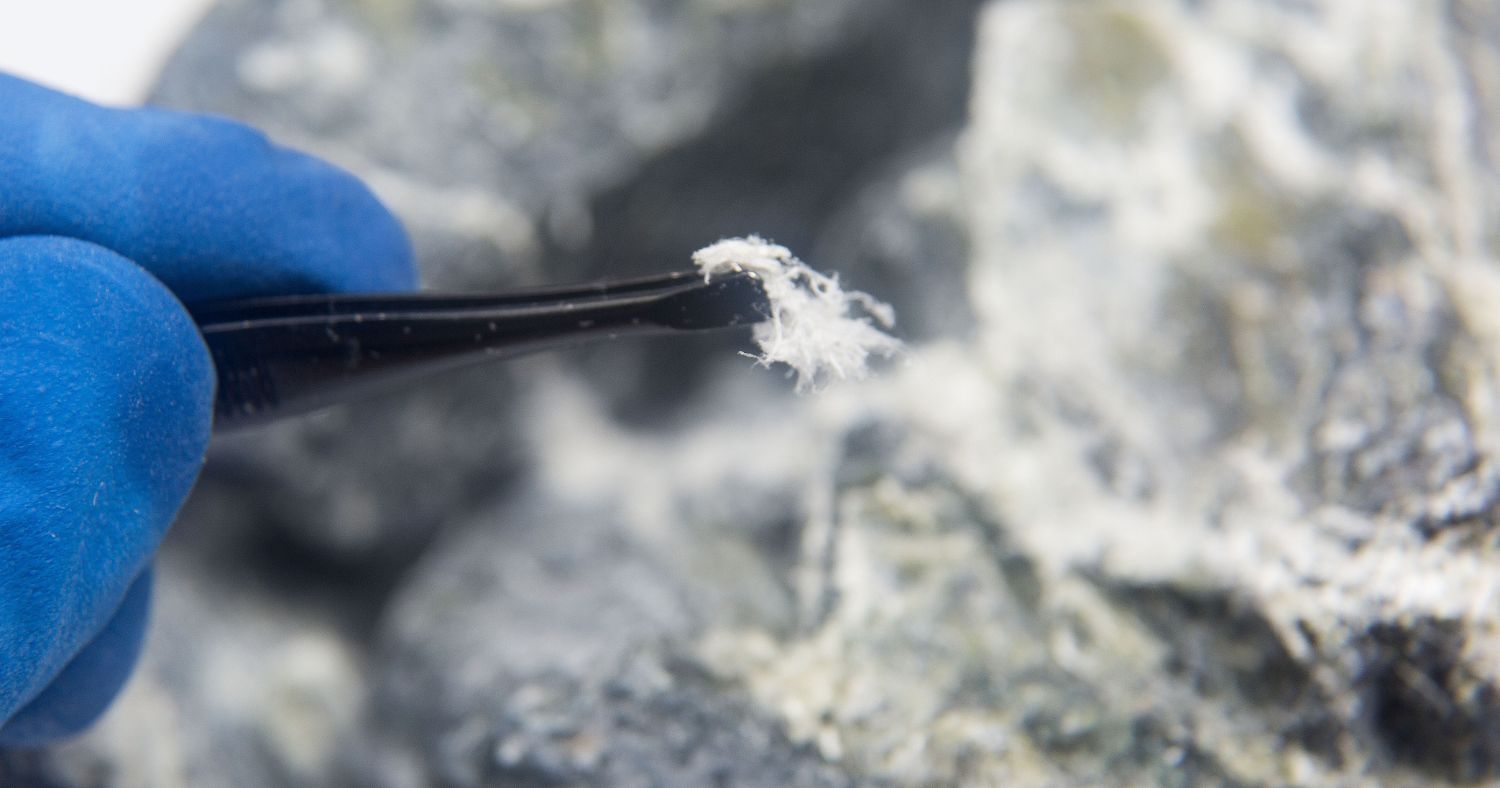
How Long Does Asbestos Stay in the Air After Removal?
Asbestos is a hazardous material and its dangers have been recognized, leading to strict regulations on its removal. Asbestos removal is important to ensure the safety of residents. One common concern during this process is understanding how long asbestos stays in the air after removal. In this blog post, we will explore this question and provide the necessary information about asbestos and its risks. Besides that, if you live in the area and are looking for a company handling asbestos removal St. Louis, we have something for you!
Understanding Asbestos and Its Risks
Asbestos is a group of naturally occurring minerals that were widely used in construction materials due to their durability and fire-resistant properties. However, exposure to asbestos fibers can lead to serious health issues. These conditions can develop years after exposure, making it important to handle asbestos as soon as possible with special care.
Types of Asbestos Fibres
There are several types of asbestos fibers, each with its own level of risk:
- Chrysotile: Also known as white asbestos, it is the most common type and is found in many building materials.
- Amosite: Known as brown asbestos, it is often found in cement sheets and pipe insulation.
- Crocidolite: Known as blue asbestos, it is the most hazardous and was used in specialized applications due to its heat resistance.
Can You See or Feel Asbestos Fibres?
Asbestos fibers are microscopic and cannot be seen or felt. This makes it impossible to detect their presence without professional testing. If asbestos is suspected in a building, it is very important to have it tested by certified professionals to confirm its presence and plan for safe removal.
Signs of Asbestos in the House
Homes built before the 1980s may still contain asbestos, especially in certain construction materials, including:
- Insulation: Loose-fill insulation, especially in attics, may contain asbestos.
- Roofing and Siding Shingles: Asbestos was often used in roofing shingles and siding.
- Vinyl Floor Tiles: Older vinyl floor tiles and the adhesives used to install them may contain asbestos.
- Cement Sheets: Commonly found in walls and roofs, these sheets often contain asbestos.
- Textured Paints and Coatings: Decorative wall and ceiling coatings, such as popcorn ceilings, may have asbestos.
- Pipe Insulation: Asbestos was frequently used to insulate pipes, boilers, and ducts.
Damaged or deteriorating asbestos-containing materials (ACMs) can release fibers into the air. Look for:
- Cracked or Broken Floor Tiles: Older vinyl tiles that are cracked or broken may be releasing asbestos fibers.
- Damaged Insulation: Insulation around pipes, boilers, or ducts that is crumbling or falling apart could contain asbestos.
- Deteriorating Roof Shingles: Roof shingles that are crumbling or breaking apart may contain asbestos.
- Flaking or Peeling Paint: Textured paints and coatings on walls or ceilings that are peeling or flaking could release asbestos fibers.
The Asbestos Removal Process
Professional asbestos removal involves several steps to ensure safety:
- Assessment: Professionals thoroughly inspect the area to identify asbestos-containing materials.
- Containment: The area is sealed off to prevent fibers from spreading.
- Removal: Trained technicians remove asbestos materials using specialized equipment.
- Disposal: Removed materials are safely packaged and transported to approved disposal sites.
How Long Does Asbestos Stay in the Air After Removal?
Typically, asbestos fibers can stay in the air for hours to days after removal. Yet, the duration of asbestos fibers depends on different factors:
- Removal Method: Wet methods, which suppress dust, reduce airborne fibers compared to dry methods.
- Environmental Conditions: Wind and air circulation can affect how long fibers remain suspended.
- Ventilation: Proper ventilation helps disperse and remove airborne fibers more quickly.
How Far Can Asbestos Travel in the Air?
Asbestos fibers can travel far through the air. They can be carried by air currents, potentially affecting neighboring properties. This is why containment during removal is key to preventing the spread of fibers beyond the immediate area.
Post-Removal Safety Measures
After asbestos removal, several safety measures are implemented:
- Thorough Cleaning: Surfaces are cleaned to remove any residual fibers.
- Air Quality Testing: Air samples are tested to ensure that fiber levels are below safe limits.
- Clearance Certification: A certified professional provides a clearance certificate confirming the area is safe.
These steps help ensure that the environment is free from hazardous asbestos fibers.
Health Effects of Asbestos
Understanding the health effects of asbestos is key to safeguarding your health and those around you. Asbestos exposure can have serious consequences, both short and long-term.
Short-Term Exposure
Short-term exposure to asbestos fibers can cause immediate respiratory irritation, including:
- Shortness of breath
- Persistent cough
- Chest pain
Long-Term Exposure
The most significant health risks from asbestos come from long-term exposure. Inhaling asbestos fibers over an extended period can lead to serious health conditions, including:
- Mesothelioma: A rare and aggressive cancer that affects the lining of the lungs, abdomen, and other organs.
- Lung Cancer: Asbestos exposure significantly increases the risk of developing lung cancer.
- Asbestosis: A chronic lung disease caused by inhaling asbestos fibers, leading to scarring of lung tissue.
When to Seek Professional Help
Hiring certified professionals for asbestos removal is important to ensure safety. In areas like St. Louis, there are expert services available for safe and effective asbestos removal. Attempting to handle asbestos without proper training and equipment can be extremely dangerous.
Contact ABC Environmental Contracting Services for Professional Asbestos Removal
If you suspect asbestos in your property, it is very important to consult with professionals. For expert asbestos removal in St. Louis, contact
ABC Environmental Contracting Services. Our team of certified professionals will ensure your property is safe and free from hazardous asbestos fibers. Give us a call at 314-582-2256 or
fill out our online contact form.


